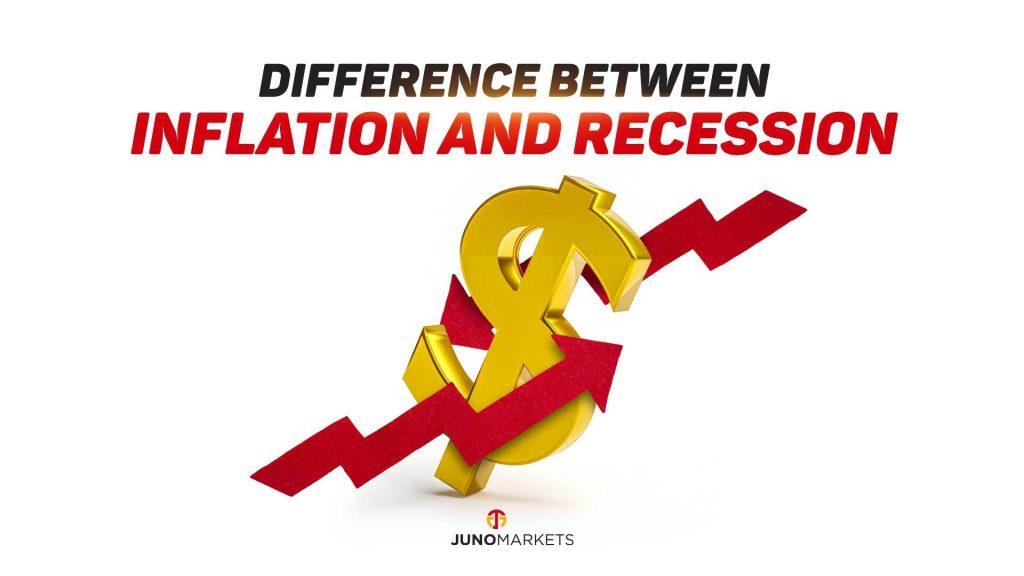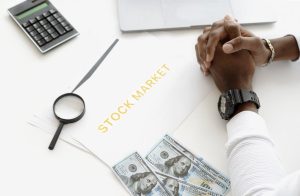We all experience that everything is going up. No matter what products or services you are buying, be it food, grocery items, clothing, or anything else, it can make you think is this inflation or a recession?
We already heard both terms, but it is imperative to know the difference between an inflation and recession.
What is Inflation?
In layman’s term, inflation is an increase in prices causing the value of money to decline. In addition, your income or salary is not rising at the same rate which basically means that your money now is worth less than it was before.
Inflation is the condition that majority of us are currently experiencing. The Consumer Price Index (CPI), which tracks the price of certain products and services over time is the most used tool for measuring inflation.
Therefore, if you’ve noticed that your grocery bill has increased from what it was previously, you are not alone. It is just that the cost of everything has increased.
What are the causes of inflation?
When many customers want to purchase rare commodities, there is an imbalance between supply and demand. The opposing circumstance, however, is equally detrimental to a nation and is of similar importance. Negative inflation is also known as deflation happens when there is not enough demand to meet the supply.
Additionally, increased business expenses like the cost of logistics services or electricity might cause inflation. This has an impact on the cost at which they will provide their services. Increased circulation of currency in a nation is another factor. Controlling this is necessary because if demand remains flat despite a sufficient money supply, an imbalance in the system may develop which can lead to inflation.
What are the levels of inflation?
- Moderate inflation – a modest (less than 10%) annual increase in price.
- Rampant inflation – a country’s economy would be greatly impacted by two- or three-digit annual inflation. People prioritize buying necessities as the value of money declines.
- Hyperinflation – is an inflation rate that is rising quickly, generally exceeding 50% per month.
- Stagflation – refers to high inflation and weak growth.
What is a Recession?
One may think that if there is an inflation, a recession is on the horizon or has already begun. Reality, though, is that recessions and inflation are not always tied to one another.
When your country’s economy isn’t doing well, a recession occurs. High unemployment rates, a decline in economic activity, and a potential downturn in the stock market are all current issues. Finding a consensus definition of what a recession is, however, is difficult.
As a general rule, a recession is characterized by a decline in a nation’s Gross Domestic Product (GDP) for at least two consecutive fiscal quarters. But many economists believe this is oversimplified in determining if a recession is currently happening.
To evaluate whether a recession is imminent, many economists cite a variety of additional factors. For instance, in the US, the fact that hiring is still strong, and unemployment is low suggests that we aren’t likely to be in a recession even if GDP were to decline for a second straight quarter.
It is not easy to deal with high prices of goods but the important thing is that one should focus their attention on financial wellness like budgeting, saving and having an emergency fund in place.




